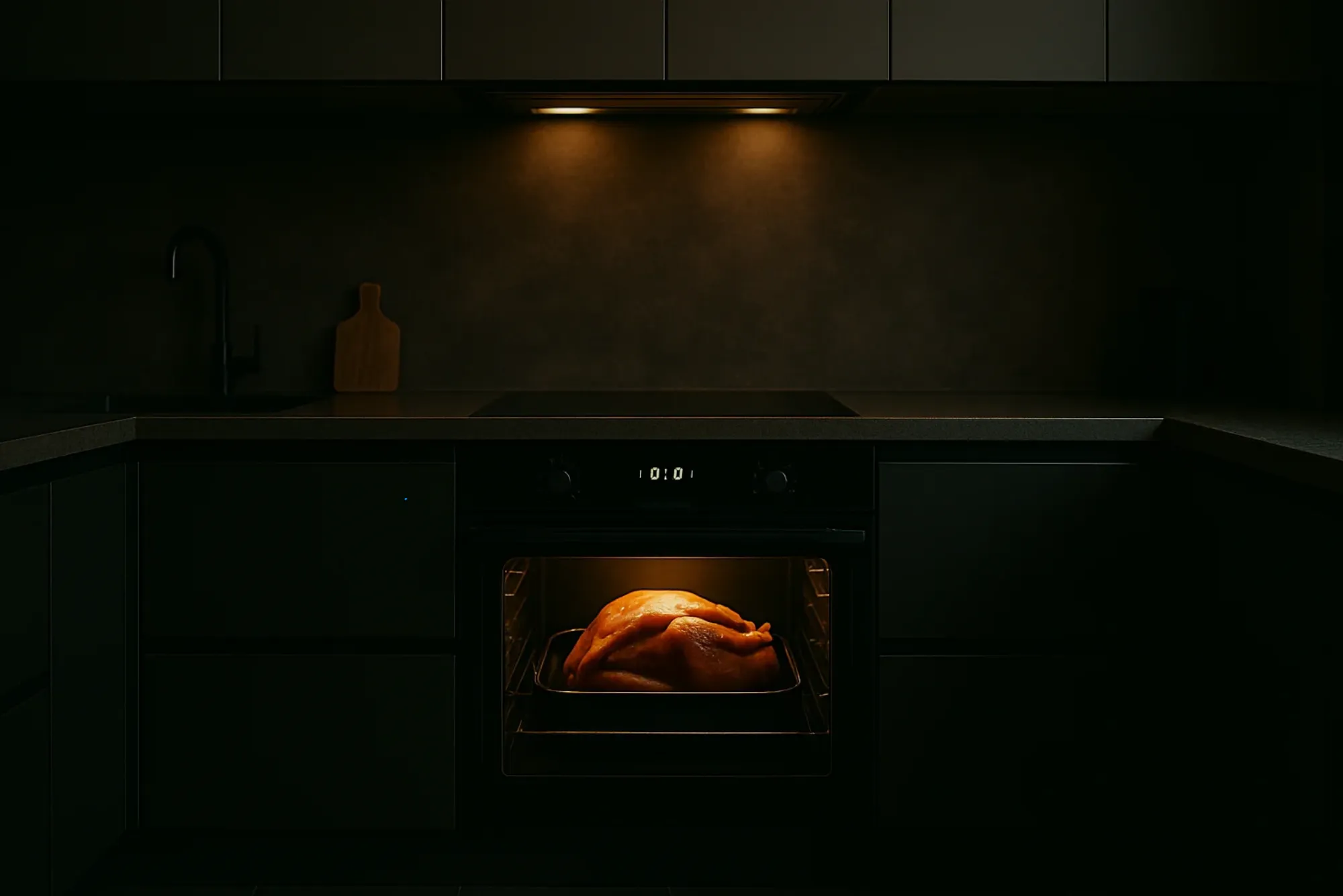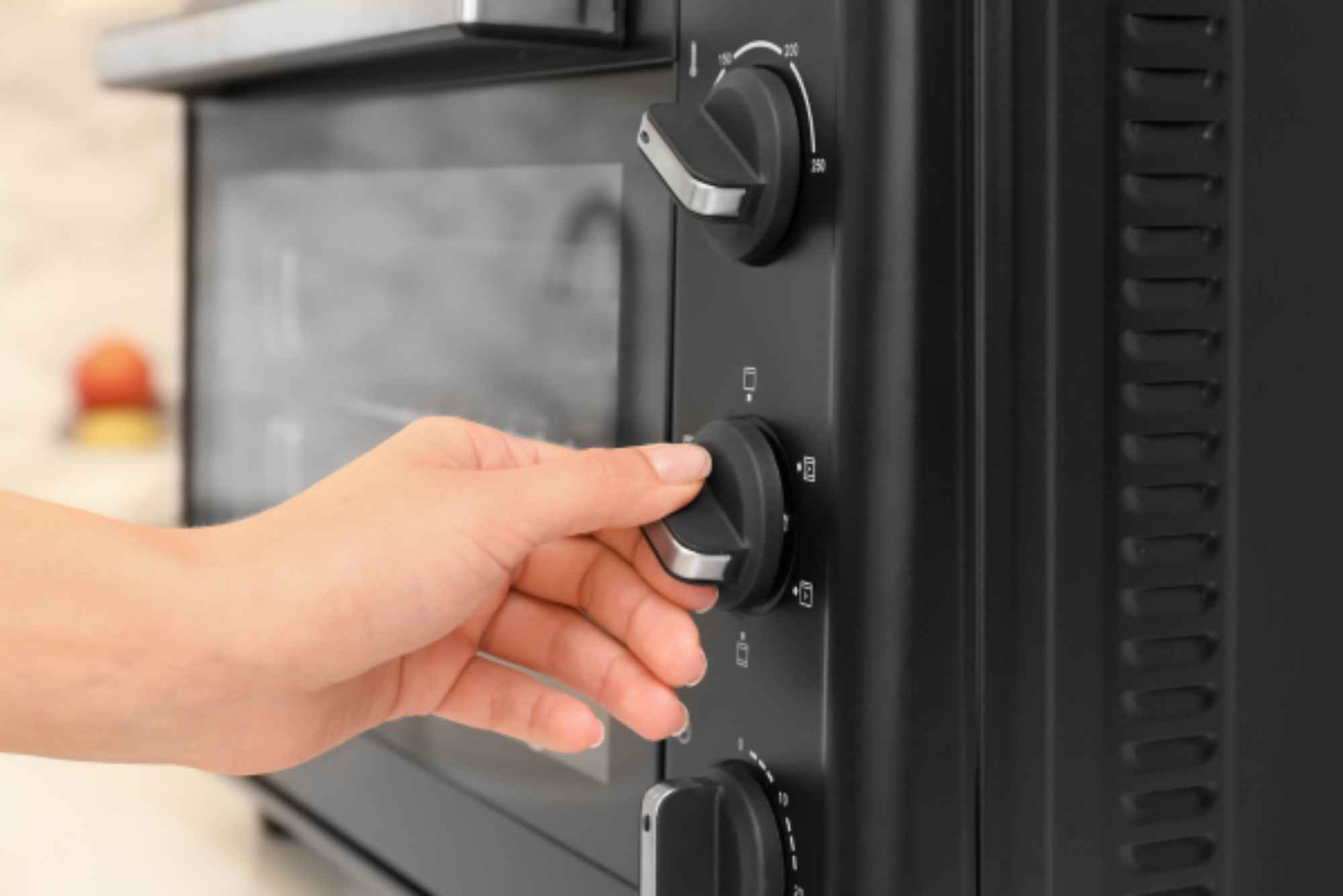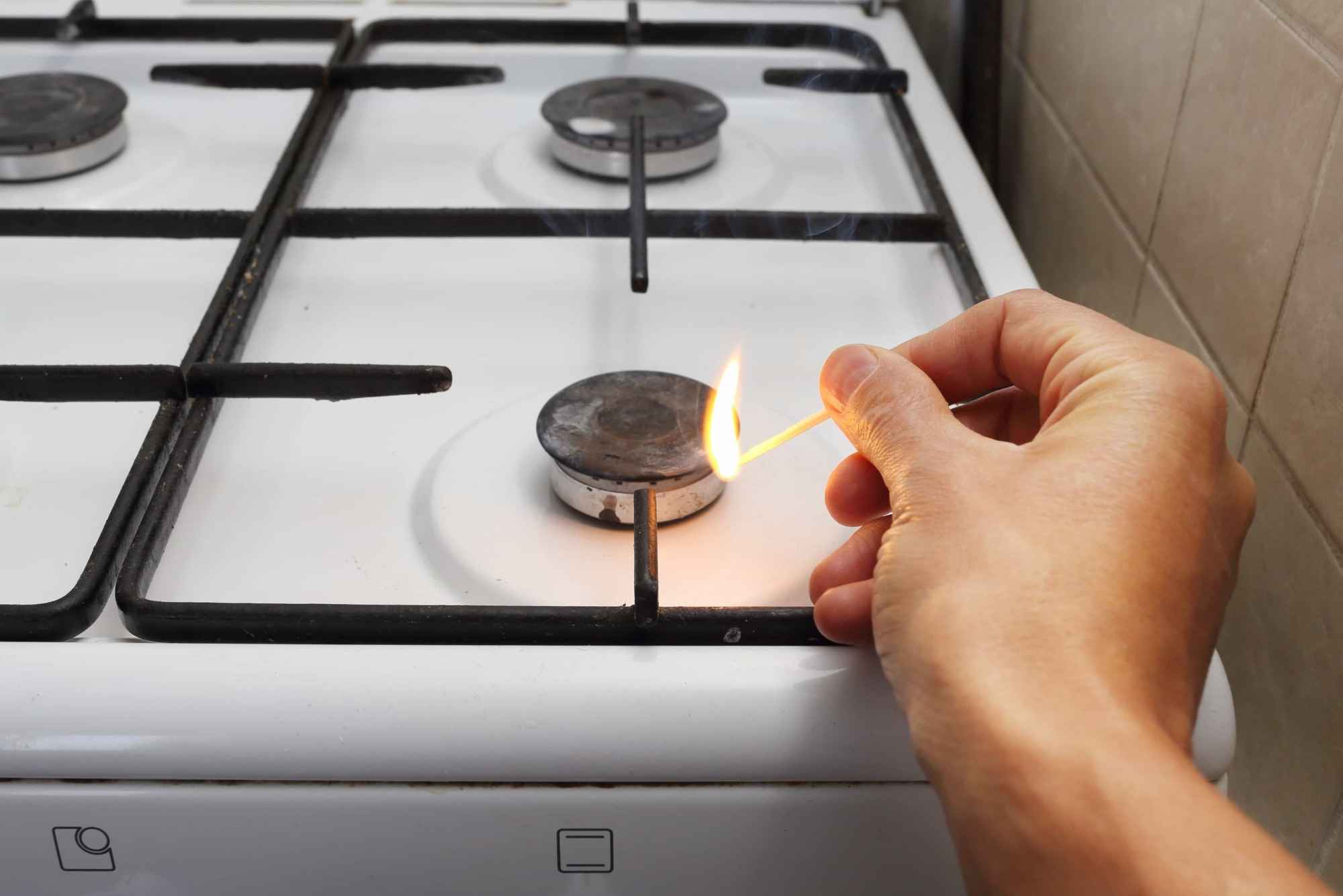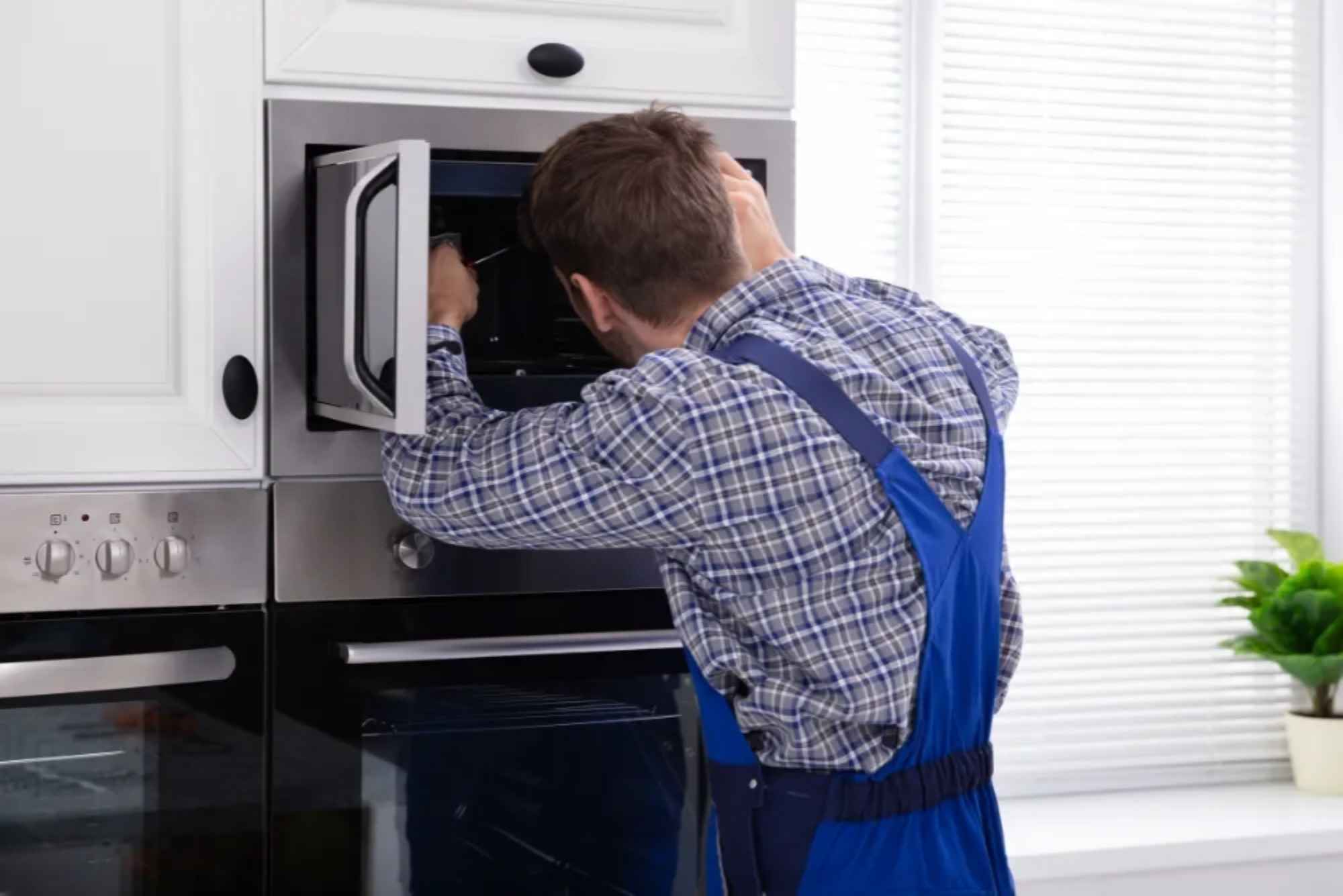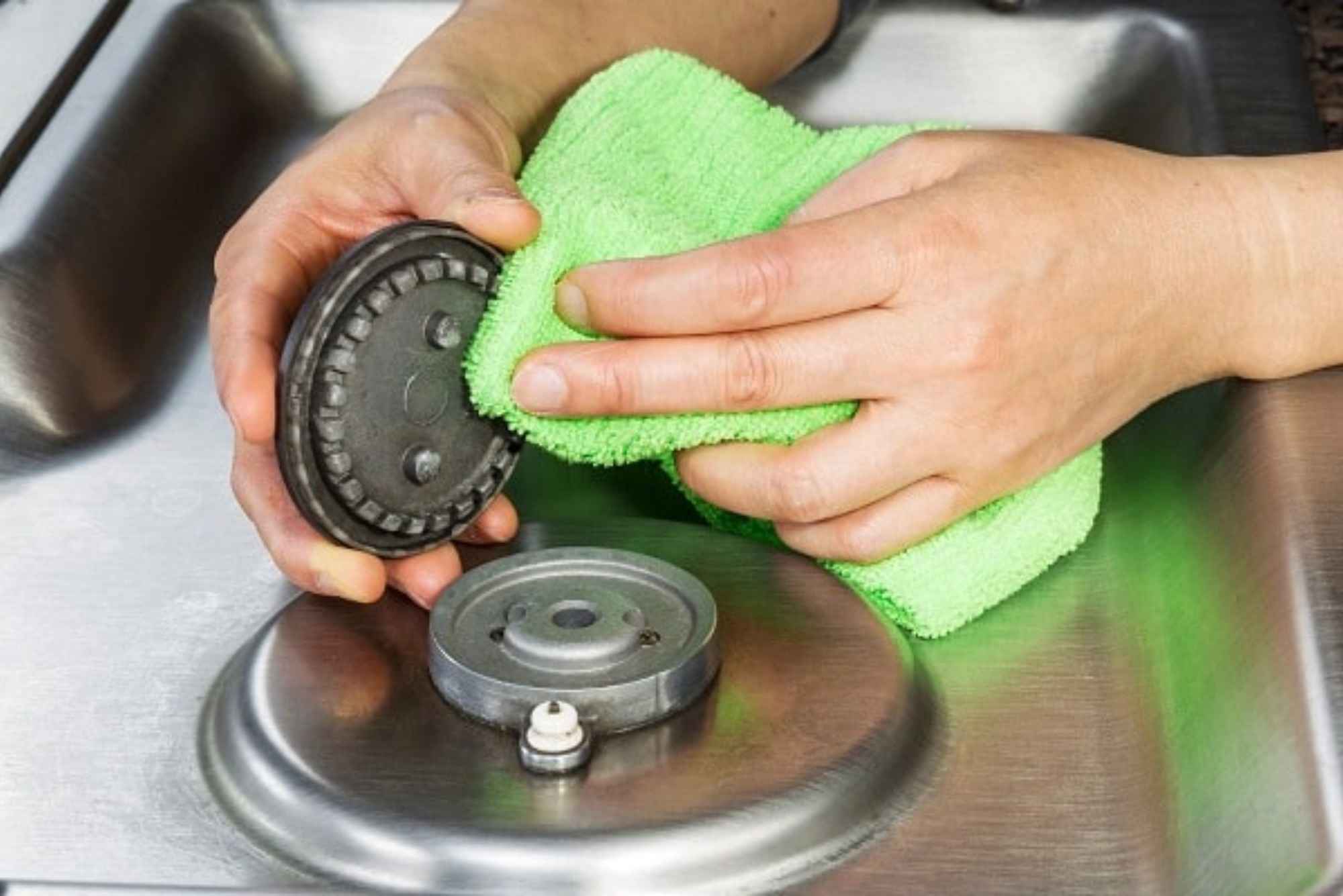In the modern kitchen, precision is everything. Whether preparing a simple roast chicken or executing a complex soufflé, the reliability of an oven determines the quality of the meal. While many cooks focus on temperature settings, cookware materials, and recipes, one often-overlooked component can have a profound effect on cooking results: the oven door seal.
The oven door seal, sometimes referred to as the gasket, plays a critical role in ensuring that heat remains inside the cooking chamber. As ovens age, these seals begin to wear, loosen, or crack. Though this might seem like a minor maintenance issue, its implications for cooking times, energy consumption, and food quality are far from trivial. Understanding the science and practical effects of seal wear helps both home cooks and culinary professionals maintain efficiency and consistency in the kitchen.
Why the Oven Door Seal Matters
At its core, an oven is a controlled heat environment. The purpose of heating elements or gas burners is to raise the internal temperature to the exact level set on the dial or digital interface. Once that temperature is achieved, the oven cycles on and off to maintain it. The door seal acts as a barrier, ensuring that heat does not escape every time the oven is closed.
A properly functioning seal guarantees that hot air remains concentrated within the cooking chamber. This not only speeds up cooking but also ensures that food is evenly heated. When a seal becomes compromised, the oven loses its ability to retain heat effectively. As a result, the appliance must work harder, run longer, and cycle more frequently to maintain the target temperature.
The Relationship Between Heat Loss and Cooking Times
Cooking is fundamentally a matter of energy transfer. Food absorbs heat until it reaches a safe and palatable state. When an oven leaks heat through a worn seal, the amount of energy available to cook food at any given moment decreases.
This inefficiency manifests in extended cooking times. A recipe that calls for 45 minutes may require an additional 10 or even 15 minutes if the oven cannot maintain steady heat. The difference may not be immediately noticeable with small items such as cookies or bread rolls, but for larger cuts of meat, casseroles, or baked goods with precise texture requirements, the impact is significant.
Additionally, temperature fluctuations caused by heat loss create uneven cooking. One part of a dish may brown excessively while another remains underdone. These inconsistencies not only affect timing but also compromise the overall quality of the dish.
Effects on Energy Consumption and Appliance Longevity
Cooking time is not the only casualty of a worn door seal. Because the oven must compensate for lost heat, it consumes more energy. Whether powered by gas or electricity, the increased demand translates directly into higher utility bills.
Moreover, the added strain on heating elements or burners shortens their lifespan. Instead of cycling at normal intervals, they remain engaged for longer periods, wearing out faster than expected. Over time, this additional stress can reduce the overall longevity of the appliance, leading to more frequent repairs or the need for premature replacement.
In commercial kitchens, where ovens are in near-constant use, even a small inefficiency in the seal can accumulate into substantial operational costs. For home kitchens, the expense may be less dramatic but still noticeable over months and years.
Food Safety and Quality Implications
Beyond timing and energy considerations, food safety also comes into play. Certain dishes, particularly meats and poultry, must reach specific internal temperatures to eliminate harmful bacteria. If an oven struggles to maintain consistent heat due to seal wear, achieving these safe temperatures becomes less predictable.
Slow or uneven cooking increases the risk of undercooked areas, particularly in thick cuts of meat. Conversely, extended cooking times can result in over-drying, nutrient loss, or compromised texture. A roast that should emerge juicy and tender might instead become tough, while baked goods that should rise evenly may collapse due to fluctuating heat.
Thus, what begins as a seemingly minor mechanical issue translates into a serious obstacle for producing safe, consistent, and enjoyable meals.
Signs of Door Seal Wear and Their Consequences
Most cooks only become aware of seal problems after noticing longer cooking times or inconsistent results. However, there are telltale signs that a seal may be failing long before these issues escalate.
Cracks, gaps, or frayed edges along the gasket are obvious indicators. Less visible but equally problematic are areas where the seal has hardened and no longer compresses properly when the door closes. In both cases, the result is the same: heat escapes from points along the oven’s perimeter.
A common symptom of seal wear is excessive heat on the exterior of the oven door or adjacent cabinetry. This surface heat is not only inefficient but can also be unsafe in households with children. The extra warmth in the kitchen is further evidence of energy escaping where it should not.
As the problem persists, the oven’s internal thermostat may also provide misleading readings. Because the oven cavity struggles to reach or maintain set temperatures, the thermostat cycles more frequently, masking the true inefficiency. Cooks may attempt to compensate by increasing the temperature setting, but this approach only accelerates energy use and does not address the underlying cause.
The Science Behind Cooking Time Increases
To understand why cooking times stretch as seals deteriorate, it helps to examine the thermodynamics involved. Heat transfer within an oven occurs primarily through conduction, convection, and radiation. A stable, sealed environment ensures that these processes remain balanced.
When a seal is compromised, convection currents within the oven weaken as heated air leaks out. This not only reduces overall heat but also destabilizes the air circulation responsible for even cooking. Radiation from the heating elements still contributes energy, but the cumulative effect is diminished.
As a result, food requires more time to absorb the necessary heat. Because cooking is not linear but exponential in its thermal behavior—meaning small changes in temperature can result in significant changes in cooking time—the impact of seal wear grows disproportionately as the problem worsens.
The Broader Context: Sustainability and Efficiency
In today’s context of rising energy costs and environmental concerns, the efficiency of household appliances is more important than ever. An oven with a worn door seal undermines both economic and ecological goals.
Even if extended cooking times are tolerated for the sake of convenience, the cumulative energy waste contributes to unnecessary carbon emissions. On a large scale, if millions of households operate ovens with inefficient seals, the environmental cost becomes measurable.
Thus, replacing or maintaining door seals is not only a matter of culinary precision but also an act of responsible energy stewardship.
Addressing the Problem: Maintenance and Prevention
Fortunately, door seal wear is both diagnosable and correctable. Unlike complex mechanical failures, replacing a seal is often straightforward and inexpensive relative to the cost of a new oven. Manufacturers typically provide replacement gaskets, and many models allow for easy installation without professional assistance.
Regular inspection of the door seal should be part of routine kitchen maintenance. Cleaning the gasket to prevent buildup of grease and debris also prolongs its lifespan. Ensuring that the oven door closes properly without obstruction further reduces stress on the seal.
For commercial operations, periodic servicing by a technician ensures that seals remain intact and ovens perform at peak efficiency. The return on investment comes not only in reduced cooking times but also in lower energy bills and improved consistency of menu items.
Small Component, Major Consequences
The humble oven door seal may not attract much attention, but its role in the cooking process is indispensable. When functioning properly, it preserves heat, ensures consistency, and keeps cooking times aligned with recipes. When neglected, its deterioration ripples outward, affecting everything from energy consumption and appliance health to food safety and quality.
Recognizing the importance of this small but crucial component allows both home cooks and professionals to take proactive steps. Through awareness and maintenance, cooking times remain reliable, meals retain their intended quality, and kitchens operate with greater efficiency.
In the end, the difference between a perfectly roasted dish and one that lags behind expectations may lie not in the chef’s skill or recipe precision but in the simple integrity of the oven door seal.

